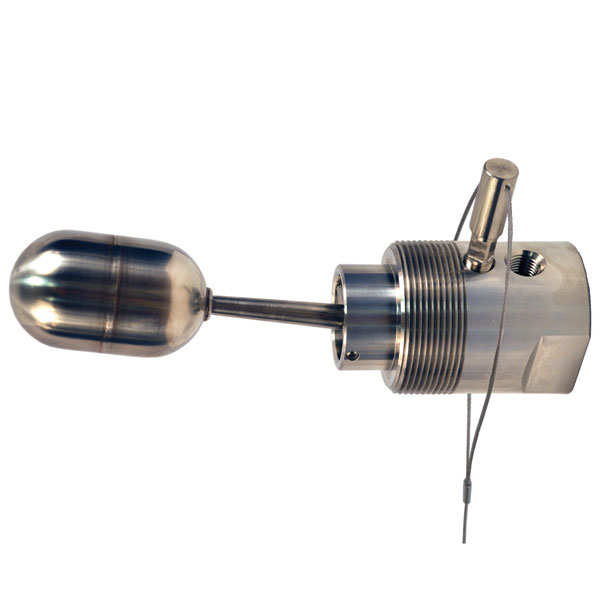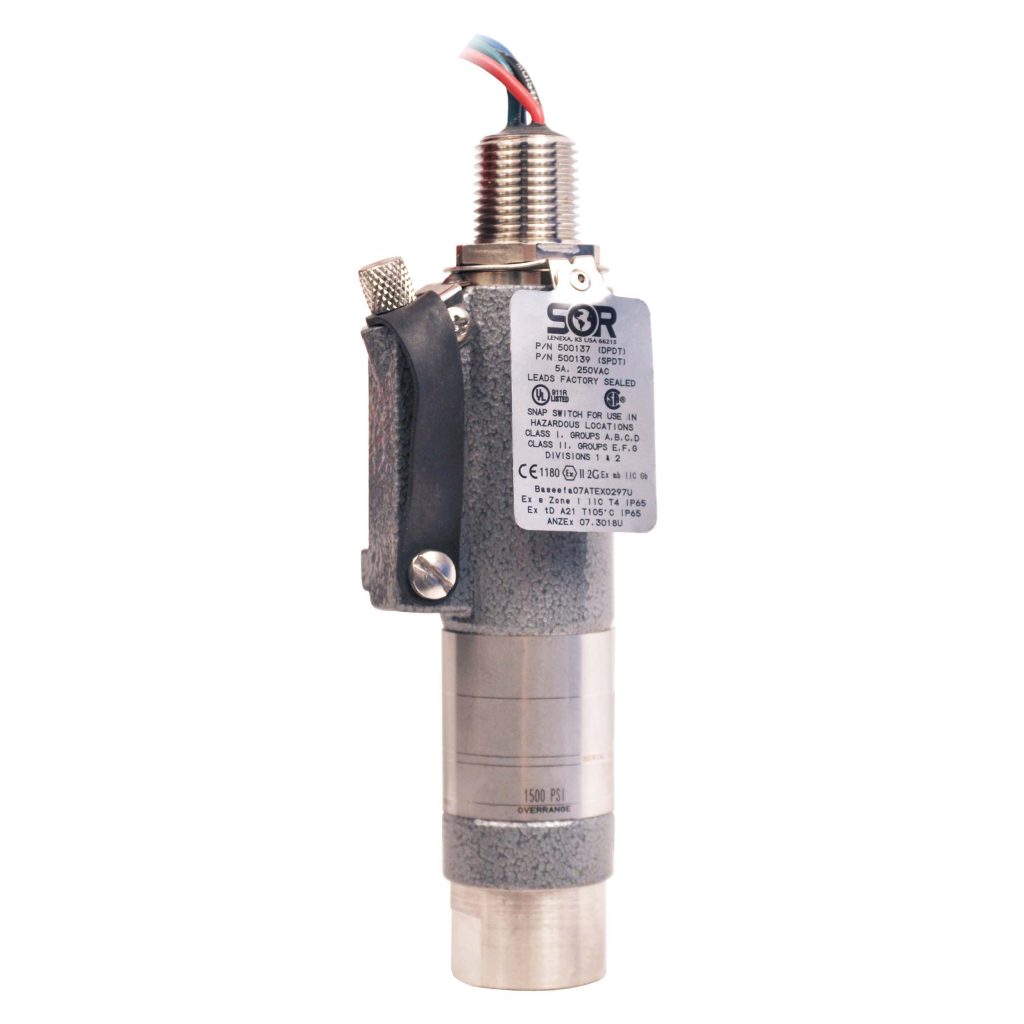
HPSS-Sticky Hydrocarbons-White Paper(PDF)
Technology and design techniques to ensure safe, reliable sampling of viscous and hot process streams.

In the Refining and Petrochemical industries, the term “Heavy Products” is used when describing streams such as heavy gas oils, tars, resins, asphalts or bitumen. Collecting samples of such media presents a unique set of challenges for petroleum processing facilities; often the materials sampled are hot, viscous, and even corrosive, making them particularly hazardous for operators to collect and transport for analysis. Using a dedicated system to collect samples of heavy products is further complicated by the sticky consistency of the media and their tendency to solidify and clog up the system’s piping.
Designing a heavy products sample station which is able to resist plugging while still maintaining personnel safety, is an important part of establishing the system as an effective engineering control. In practice, it is more difficult than it seems on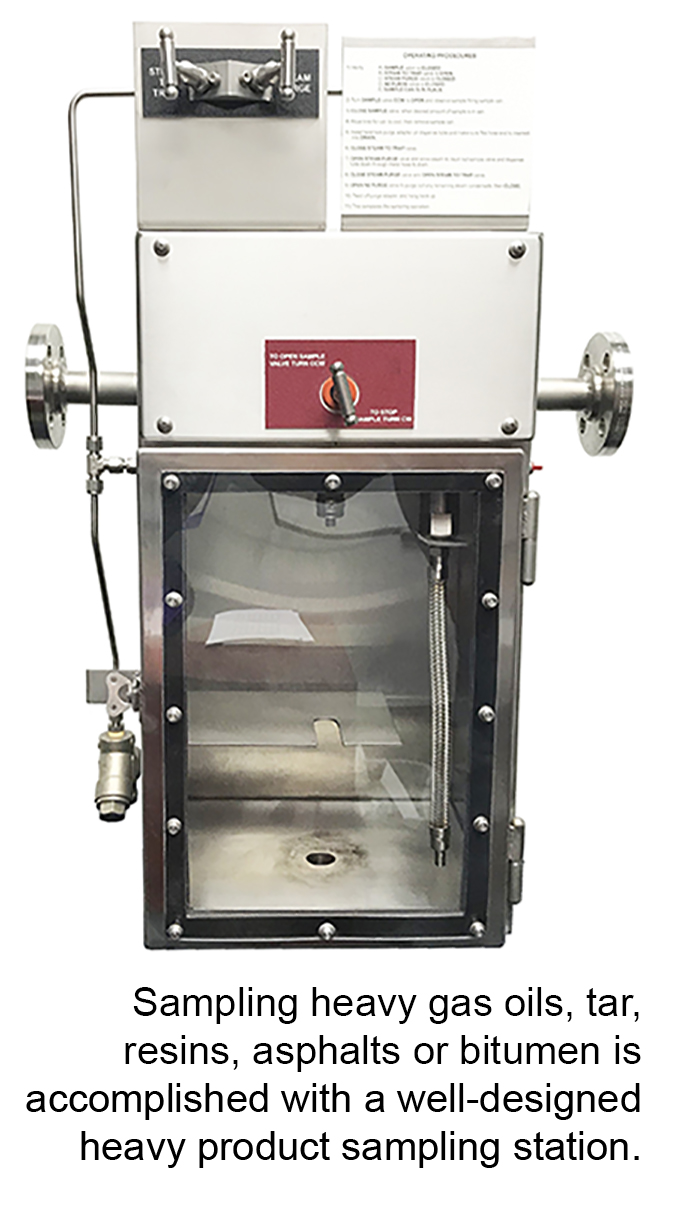 the surface. For anyone who has been tasked with designing and installing a sample system for RESID in a refinery, or surfactants or resins in a chemical processing facility, the experience was undoubtedly similar. While every sampling application has its own unique set of challenges, there are some specific design techniques that can be employed to mitigate long term issues associated with closed-loop grab sampling stations used for heavy products.
the surface. For anyone who has been tasked with designing and installing a sample system for RESID in a refinery, or surfactants or resins in a chemical processing facility, the experience was undoubtedly similar. While every sampling application has its own unique set of challenges, there are some specific design techniques that can be employed to mitigate long term issues associated with closed-loop grab sampling stations used for heavy products.
The Fast Loop is Fundamental
Regardless of the process media, one of the most commonly used and important features of liquid grab sampling is the incorporation of a fast loop in the design. Simply put, the fast loop is an interconnected section of piping where liquid travels from the process line, to the sample station for collection, and back to the process line. The purpose of the fast loop is to deliver the process stream directly to the sample station so that the collection obtained is representative of the process at the exact time the grab sampling occurred. The fast loop is a far better method for obtaining representative samples when compared with other techniques, such as running the process media to a drain or sewer to eliminate dead volume before a sample has been gathered. Fast loop or speed loop designs are also used when designing online analyzer applications for the chemical and petrochemical industry. Figures 1 and 2 show two common methods for incorporating a fast loop into an engineered sample point (SP).

Pulling the Plug
Another benefit of the fast loop design is the elimination of dead volume in the system’s piping. Dead volume refers to the sections of piping or tubing that connects the process with sample station, or within the sample station itself, where media can become trapped and unable to move with the flowing sample stream. For heavy products, which have the tendency to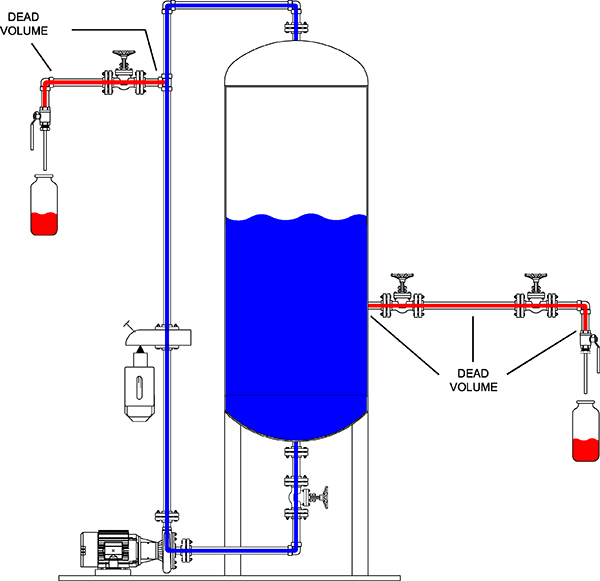 resist flow, dead volume in a sample station leads directly to plugging. Plugging the fast loop and/or the sample station will require taking the unit out of service until it can be repaired. Rather than incorporating a fast loop, some designs may forego the extra piping in favor of installing a ram/piston-style sample valve directly into a process line as an alternative means of reducing dead volume. However, it is important to note that all valves include some type of stem packing which have a finite lifespan and will eventually leak over time. If the production operation is continuous and you select a Ram/Piston type valve without a fast loop, you could be forced to shut down the entire process line to repair the valve if it begins to leak.
resist flow, dead volume in a sample station leads directly to plugging. Plugging the fast loop and/or the sample station will require taking the unit out of service until it can be repaired. Rather than incorporating a fast loop, some designs may forego the extra piping in favor of installing a ram/piston-style sample valve directly into a process line as an alternative means of reducing dead volume. However, it is important to note that all valves include some type of stem packing which have a finite lifespan and will eventually leak over time. If the production operation is continuous and you select a Ram/Piston type valve without a fast loop, you could be forced to shut down the entire process line to repair the valve if it begins to leak.
Too Hot to Handle
One of the primary obstacles associated with sampling heavy products is overcoming the temperature dependence of liquid viscosity. The chemical reactions and physical processes associated with heavy products often involve extremely high temperatures, so there may be a desire to cool the process stream before it reaches the sampling station. However, cooling a resin or a residuum low enough to retrieve the sample container by hand, will cause the product to increase in viscosity, sometimes even solidifying, which could lead to the unintended consequence of plugging the entire grab sample station, rendering it unusable.
Instead of attempting to reduce the temperature of the sample to a touchable level, consider a design that allows the sample valve to be operated from outside an enclosure, preventing operator exposure to splash or burn hazards. Rather than cooling the process before collection, allow the sample to cool inside the station’s enclosure before retrieval and transportation to the lab. Letting the sample cool will require laboratory technicians to re-heat the sample prior to analysis, but in most cases, this does not present a problem and is already in practice.
Isolating the Steam Purge and Sample Line
Another important design often incorporated into heavy product sampling stations is the combination of steam heating and 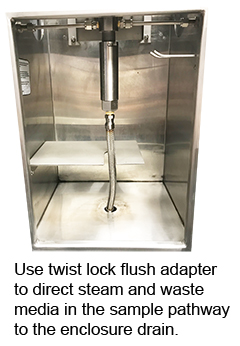 purging utilities used in conjunction with a flow-through style sample valve. Steam heating is an effective method for reducing the likelihood of plugging by imparting heat to the process stream, elevating it to temperatures which ensure the media will not be resistant to flow. Likewise, steam purging is used to clear the sample path of trapped process media when resolving plugging issues, and potential sample contamination.
purging utilities used in conjunction with a flow-through style sample valve. Steam heating is an effective method for reducing the likelihood of plugging by imparting heat to the process stream, elevating it to temperatures which ensure the media will not be resistant to flow. Likewise, steam purging is used to clear the sample path of trapped process media when resolving plugging issues, and potential sample contamination.
In addition, the flow-through style sample valve gives the added benefit of isolating the sample path from the sample flow line, making it possible to purge the sample path independent of the process flow while the sample valve is in the closed position. Designs that block or partially block the process flow path in order to steam purge the sample valve, will often exacerbate plugging issues, requiring a complete removal of the sample station to clear the line. It is easy to understand why separating the sample path through the valve from the process sample line provides a significant advantage in heavy product applications. In the case where localized plugging occurs, the steam purge clears the blockage from the sample path without disrupting the process flowing in the sample line, clearing trapped material and eliminating the potential for sample contamination.
A Replaceable Cartridge for Reducing Repair Time
One final design feature often integrated with heavy product sampling systems is a sample valve with a removable/replaceable cartridge system that includes the sample valve’s seat and ball/stem assembly. Many of the sampling stations installed in heavy product applications are mounted into piping systems, with a traditional process valve and welded/flanged connections. Performing maintenance requires removing the entire welded pipe spool from the process line, thus lengthening the overall time and effort needed to complete the repair. Conversely, a sample valve with a removable/replaceable cartridge allows for separating the valve’s critical components from the sample line without removing the valve body and pipe spool from the process line. In the event the sample valve encounters a plugging issue, the plugged cartridge can simply be removed from the sample valve body and replaced with a new one, whereas servicing a sample station mounted into a piping system requires the involvement and assistance of multiple maintenance disciplines.
As shown, when it comes to the task of collecting samples of heavy products or designing a system to do so, there are some unique challenges one must consider and be prepared to confront. However, with careful planning and a well thought out sampling system design, incorporating some, or all of these techniques, a sample of even the heaviest of products can be collected in a manner that is safe, reliable and representative of your process. Although the risk of plugging is always present in these applications, it is possible to increase the availability and reliability of this type of engineering control without increasing risk to operations while also reducing downtime when upsets unfortunately occur.
 Seth Martin, President Tech-SORce
Seth Martin, President Tech-SORce
Seth Martin has provided hundreds of companies with safe and reliable sampling solutions for a variety of applications and is considered one of the few experts in the field of grab sampling within the refining, chemical and petrochemical industries. He is currently President of Tech-SORce, an industrial manufacturer’s representative organization in Texas Gulf Coast and a sales representative for SENSOR Sampling Systems who is owned and operated by SOR, Controls Group,Ltd., Lenexa, KS.
 Billy Terry, Product Manager SCG Controls Group
Billy Terry, Product Manager SCG Controls Group
Billy Terry is a Product Manager for SOR Controls Group (SCG) team and is responsible for the overall product line management for SENSOR Sampling Systems. He has more than 25 years of experience working in various capacities focused primarily on sampling system product portfolios. Over the years Billy has held many roles, including Field Service Technician, Shop Supervisor, Head Quality Inspector, ISO9001:2008 Quality Administrator, Application Engineer and Lead Sampling Engineer.
